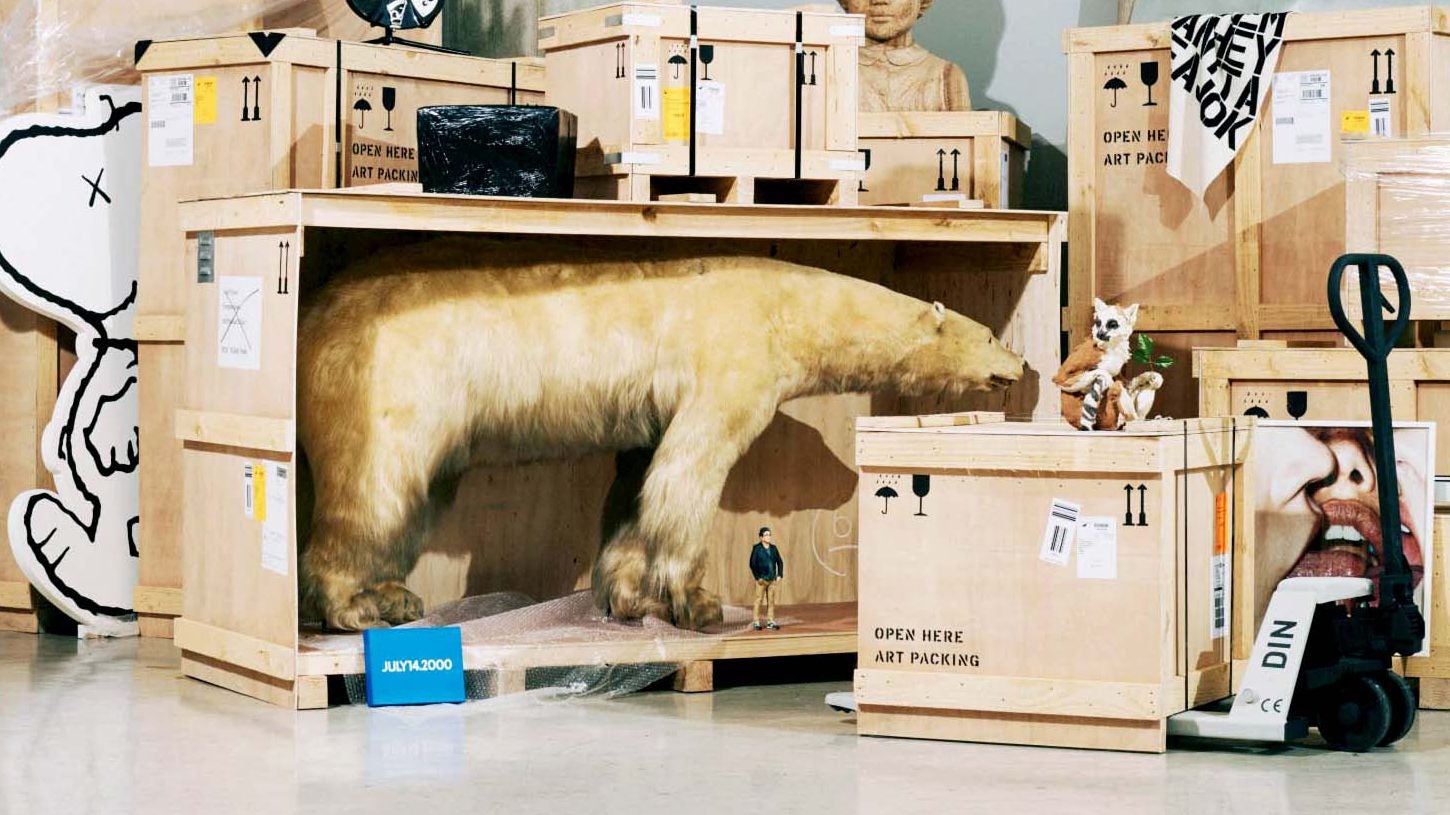A Japanese designer on the life-changing magic of keeping your clutter
Since Marie Kondo’s extreme decluttering manifesto, The Life-Changing Magic of Tidying Up, was published in English three years ago, there’s been a predictable cycle of responses: The book was praised, attacked, and then defended (with caveats). The most thoughtful backlash came from people who either loved their clutter or took issue with Kondo’s ritualistic approach to purging. A recent interview in the Japan Times, however, may contain the most poetic response to Kondo’s minimalist stance against accumulating things.


Since Marie Kondo’s extreme decluttering manifesto, The Life-Changing Magic of Tidying Up, was published in English three years ago, there’s been a predictable cycle of responses: The book was praised, attacked, and then defended (with caveats). The most thoughtful backlash came from people who either loved their clutter or took issue with Kondo’s ritualistic approach to purging. A recent interview in the Japan Times, however, may contain the most poetic response to Kondo’s minimalist stance against accumulating things.
In a candid conversation, the Japanese designer Masamichi Katayama, founder of interior design firm Wonderwall and famous for his work with global brands like Nike, Uniqlo, and Thom Browne, described his form of what his interviewer called “Buddhist-like animism,” referring to the Buddhist version of a concept, embedded in several world religions, that all creatures and objects have something like a soul. Says Katayama:
Well, I always say “my collection is like my friend.” I talk about some of the artworks like they are people, too. For example, “This one is so quiet, but he’s also so charming — I want to be friends with him a long time.”
If I’m in a gallery and looking at artworks, they sometimes speak to me, “Take me home, take me.” And I’ll take the new friends who speak really loudly.
From that perspective, I think the Buddhist thinking of inanimate objects is close to the way I collect. These things make my life better, because they are such good friends. Even though some are really stubborn and complicated.
Katayama was speaking to the reporter about his current show at the Tokyo Opera City Gallery called “The Encyclopedia of Masamichi Katayama: Life is hard … Let’s go shopping.”
The playful title belies the designer’s serious interest in conceptual art. He’s hoping to lure a young crowd to an accessible show that mixes installations from established artists with more than 500 items from Katayama’s private collection of books, antiques and oddities, all sources of inspiration for his critically applauded interiors. Although his retail designs are typically more minimalist, his personal spaces are apparently quite cluttered. What’s more, a lot of the stuff he surrounds himself with is creepy and non-functional. The reporter describes “contorted plants, taxidermy specimens, antique ephemera,” for example. Katayama responds:
Things that don’t necessarily look “beautiful” really appeal to me. I have a curiosity about fragile, uncanny and scary things. When you see something like that, you want to see more. That feeling is very close to beauty.
Kondo, like Katayama, also speaks in reverent tones about inanimate objects. But where she suggests giving an old desk lamp that’s gathering dust the dignity of a thank-you before parting ways, Katayama prefers to deepen his understanding of an object by continuing to engage and even converse with it. He needs everything that he has ever bought, he argues.
Marie Kondo, the tidying expert, says you should personally thank unneeded objects and then throw them out.
I understand that concept. It’s the same as mine.
Really? In what way?
OK, I don’t throw things away. But if I don’t need it, I don’t buy it. It’s the same, but a kind of reverse concept!
If someone were to ask me do we absolutely need this or that, the answer is probably no. But I need it. I think maybe I’ve just met more “friends” (objects) than Ms. Kondo.
When people’s personal spaces are too sparse, we notice and call it depressing. Our belongings are extensions of our personalities, and collecting objects is as human as the urge to make them. Artifacts connect us to artisans, shopkeepers, kings, queens, and Girl Fridays. As Dominique Browning wrote in her anti-Kondo essay for the New York Times, “In accumulating, we honor the art of the potter, sitting at a wheel; we appreciate the art of the writer, sitting at a desk.” Katayama draws the same comparisons, explaining, “when you look at vintage items and antiques, for example, you start imagining the era it was created, how was it used, what it was like back then.”
Notably, he doesn’t see himself as a collector. “I’m ‘meeting’ items and falling in love. It’s about encounters,” he says, later adding:
Yes, experiences in life are limited unless you go search more out. Seeing antiques, stuffed animals, an artist’s thinking, the strange shape of succulent plants — looking at all these things gives me a wider life experience.